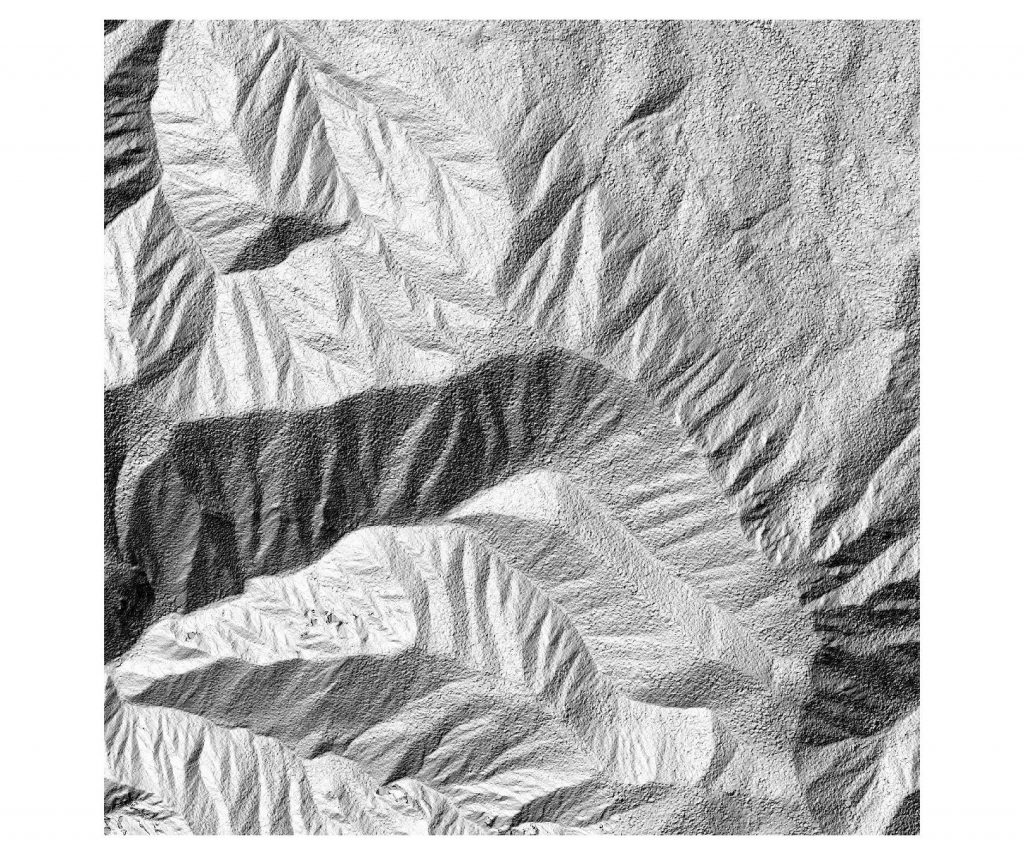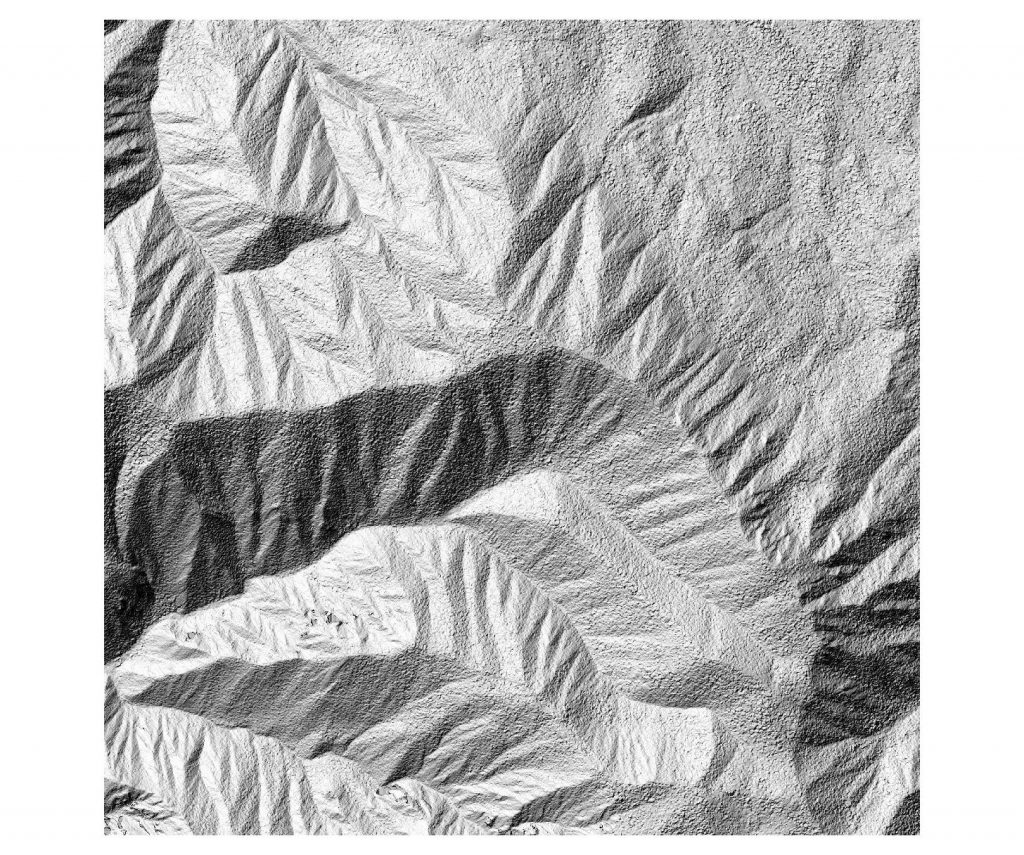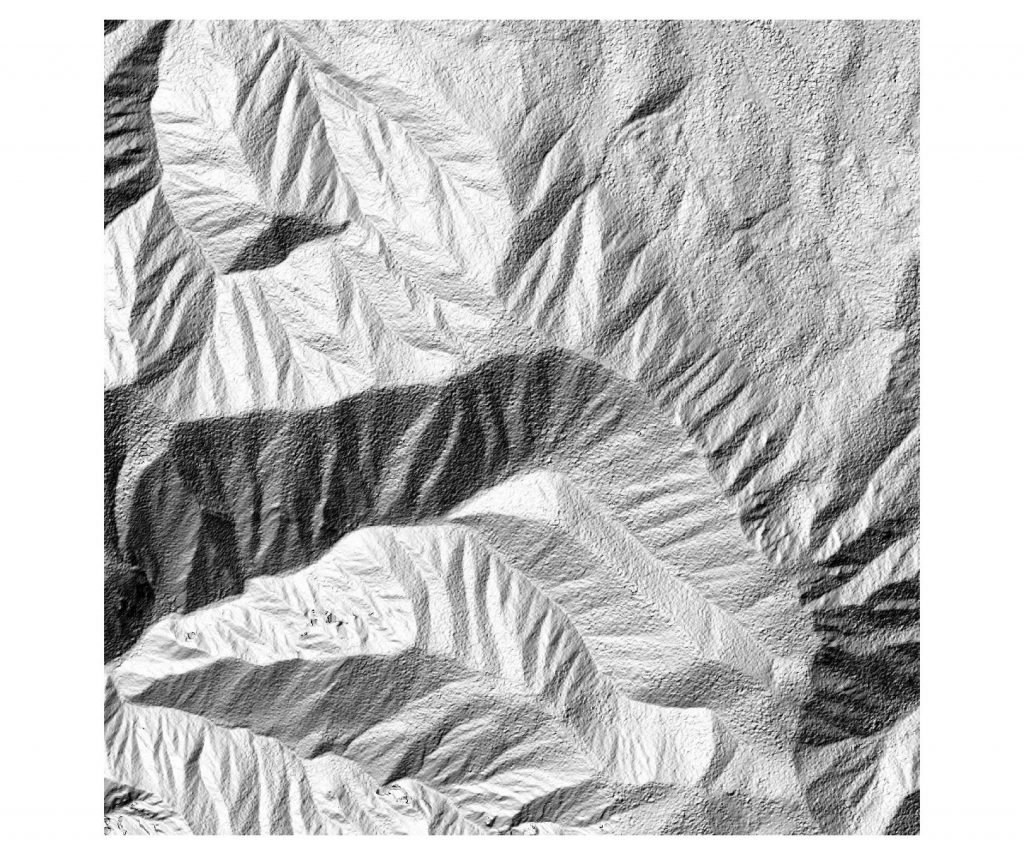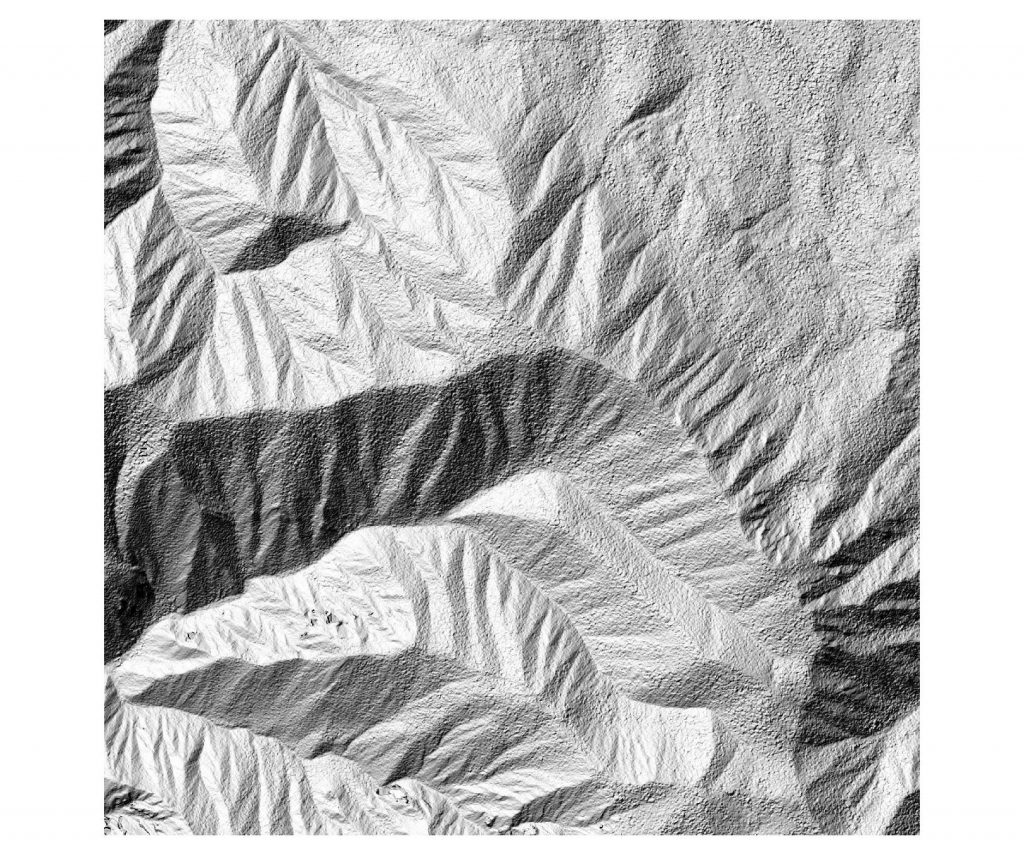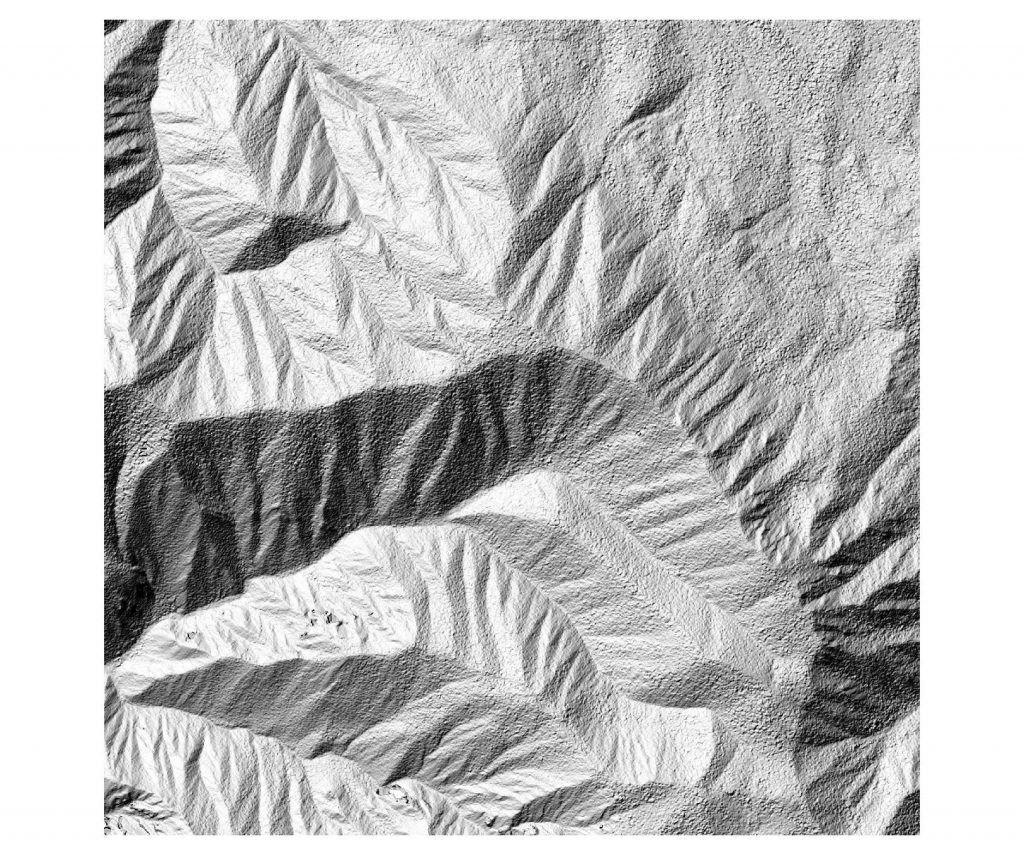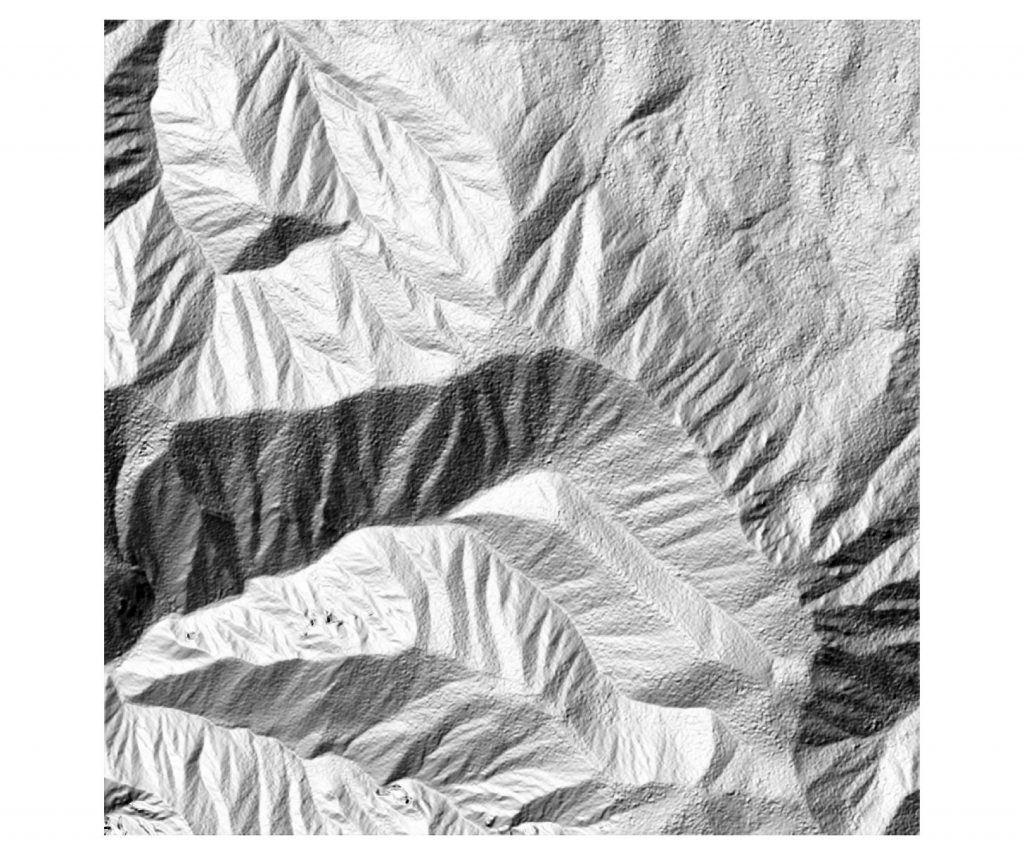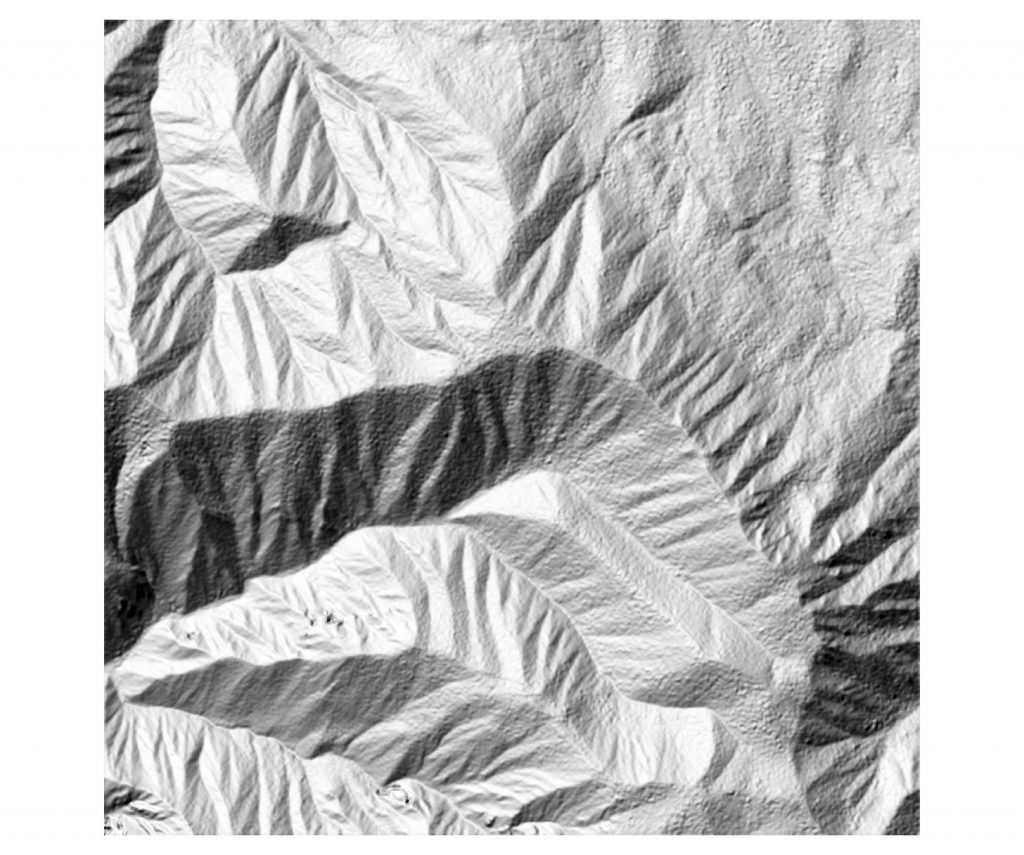Clear introduction about Global and local referential (Lantmateriet) : “Positions determined by the GNSS method Precise Point Positioning (PPP) are in the same reference frame as the orbits, i.e. usually a realization of ITRS, e.g. ITRFyy, IGSyy or WGS84, where “yy” represents the year of the realization. The coordinates change with time in the ITRS realizations, because of the plate tectonics. Hence,the determined coordinates are given in the epoch of the observations. For practical applications like mapping and referencing spatial data , a static system/frame, which does not change with time, is desired. For this purpose, ETRS89 has been developed for Europe. ETRS89 coincides with ITRS at epoch 1989.0.”
Another simple reading about dealing with ITRS, ETRS and WGS84 is at Confluence website.
Nota : the transformations made by GIS software from WGS84 to local referential are precise at 1 meter only. For centimeter accuracy, use a geodetic software taking into account the velocities of the ITRF referential relative to the local referential (e.g. ETRF for Europe).
There are many WGS84 realizations. The latest compares with ITRF08 and ITRF14, see table below:
| Year | Realization (Epoch) | For all practical purposes equivalent to: |
|---|---|---|
| 1987 | WGS 1984 (ORIG) | NAD83 (1986) |
| 1994 | WGS84 (G730) | ITRF91/92 |
| 1997 | WGS84 (G873) | ITRF94/96 |
| 2002 | WGS84 (G1150) | ITRF00 |
| 2012 | WGS (G1674) | ITRF08 |
| 2013 | WGS (G1762) | Compares to ITFR08 within 1cm Root Mean Square (RMS) overall |
For US, WGS84 (G1762) is equivalent at 1cm to ITRF14. For France also ITRF14 ~ ITRF08 at less than 1cm, the transformation is given here http://itrf.ensg.ign.fr/trans_para.php
For France, the official referential is RGF93, which in its latest version is defined as ETRF2000 (epoch 2009.0) ( https://geodesie.ign.fr/index.php?page=rgf93 ).
Position and velocities of the IGS stations in ITRF2014 at epoch 2010 is given at this adress http://itrf.ensg.eu/ITRF_solutions/2014/doc/ITRF2014_GNSS.SSC.txt
also at https://itrf.ign.fr/ITRF_solutions/2014/doc/ITRF2014_GNSS.SSC.txt
Tools to Convert between referentials
Reference online tool to convert between ITRF and ETRF : http://www.epncb.oma.be/_productsservices/coord_trans/index.php
Coordinate transformation software for France : Circé IGN
Coordinate transformation software : PROJ
Example : converting from ITRFxx (epoch XXXX) to RGF93
We have made a GNSS survey in May 2020 that we want to convert to France official referential in a projection. The GNSS referential will then be ITRF14 (epoch 2020.1), and the French referential will be RGF93 with the associated projection Lambert93. In order to do so, we need to make some referential transformation, and also some conversion between cartesian coordinates, geographic coordinates and projected coordinates.
To transform ITRF14 (epoch 2020.1) to RGF93, use this site and choose ETRF2000 (epoch 2009) as equivalent to RGF93 (see this post), for the velocities you must choose the one of the nearest IGS station (positions and velocities given at ITRF official site or there or Euref site). Then to transform cartesian to geographic coordinates, use Circé IGN software. And finally, use also Circé to convert to projected coordinate system.
More information
- Rich information (french) on Terrestrial reference systems : https://geodesie.ign.fr/contenu/fichiers/documentation/pedagogiques/FDuquenne_Systemes_References_Terrestres.pdf
- Post about GNSS processing : https://sigeo.cerege.fr/?p=463
- Post about processing of GNSS survey with Emlid Reach RS2 : https://sigeo.cerege.fr/?p=354
